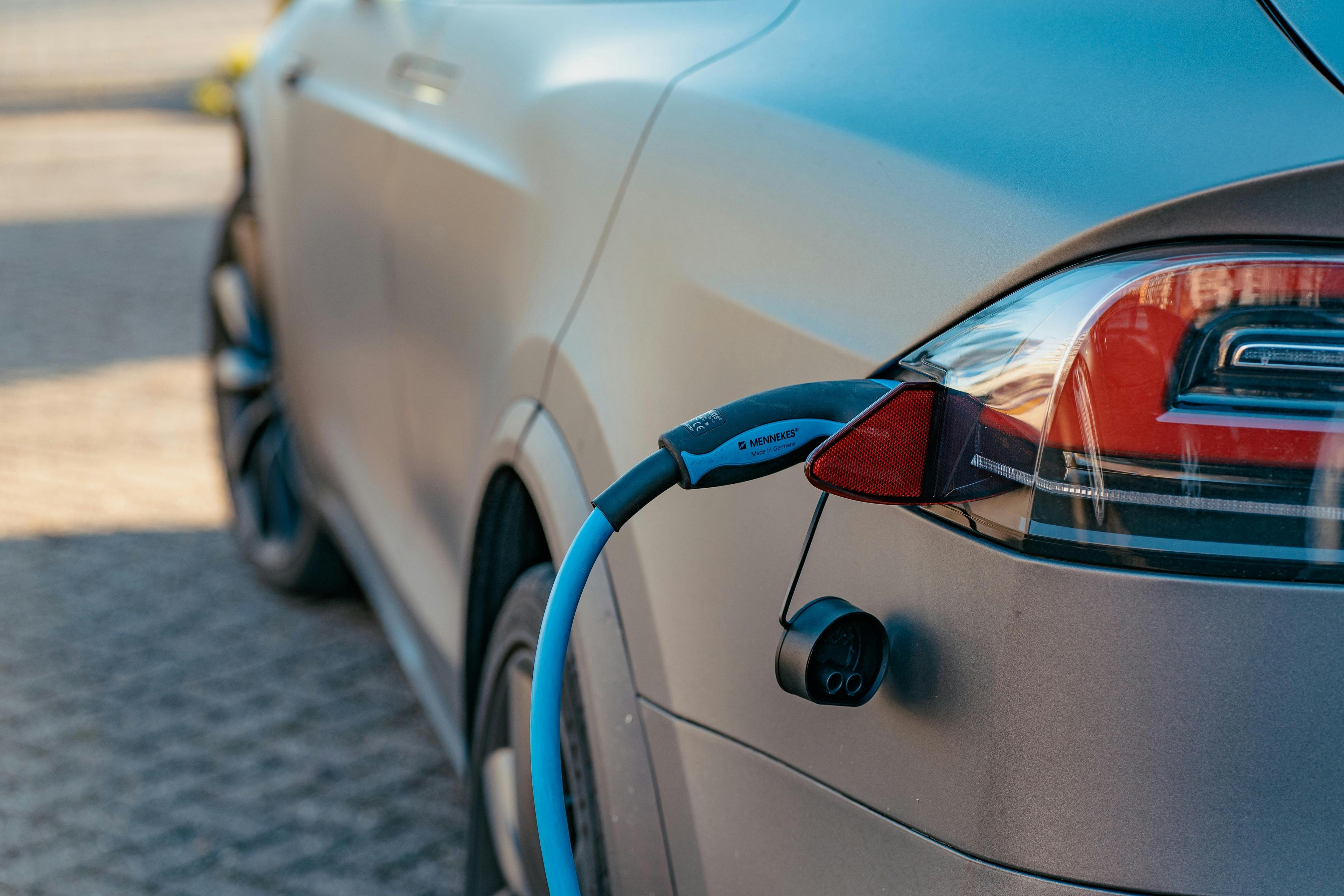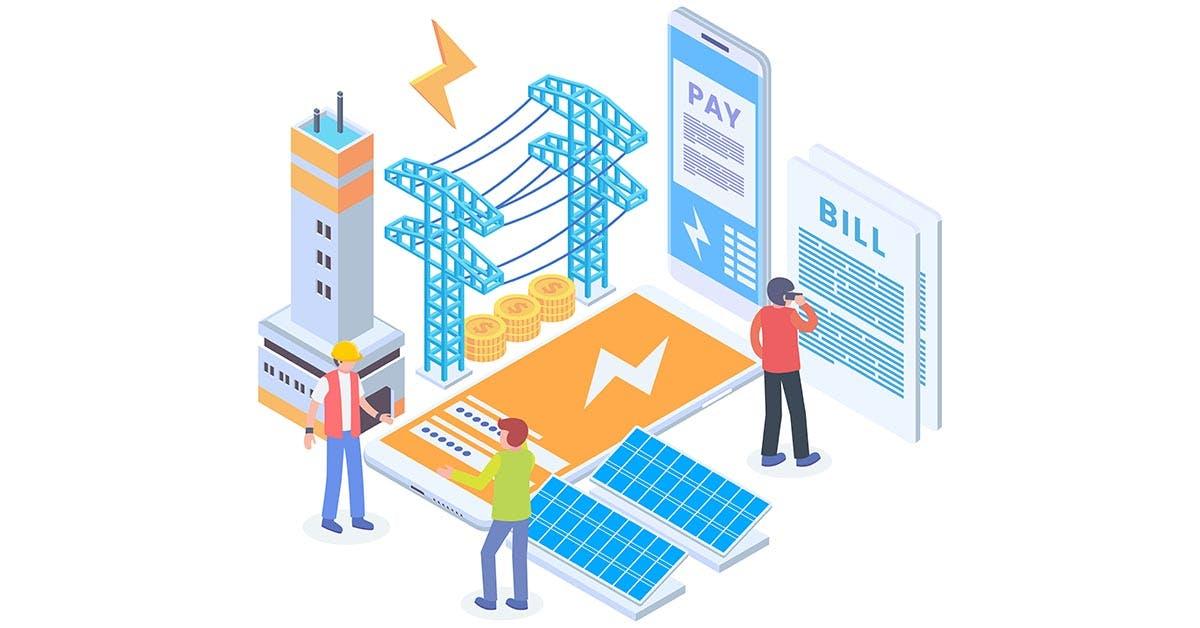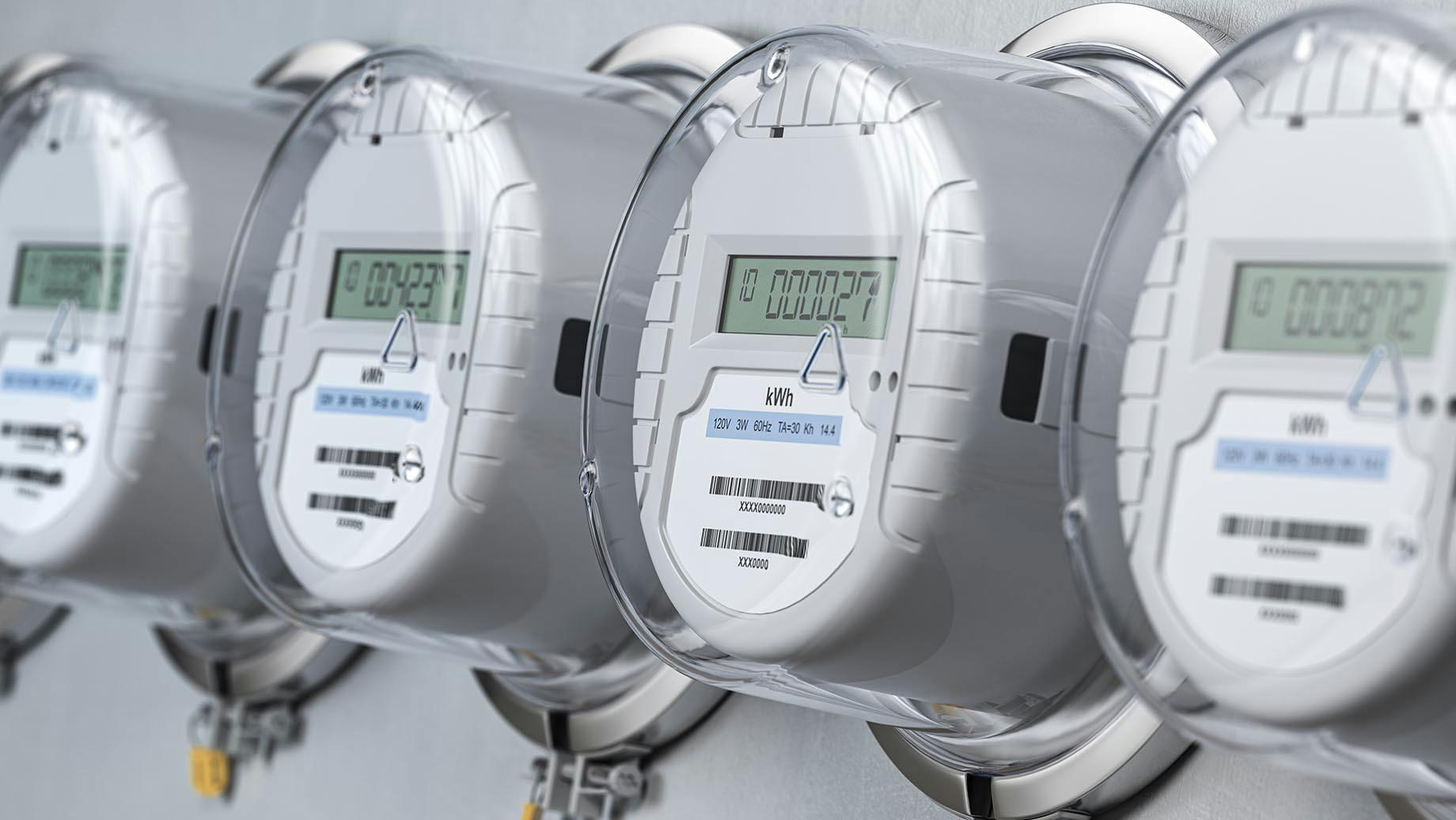
Electrical Safety Tips
Inspire Clean Energy
9 min read
category: Sustainable Living
Don't worry about climate change— do something about it.
Our clean energy plans are the easiest way to reduce your home's carbon footprint.
Switch to clean energyIt’s important to know as many electrical safety tips as possible. At school or other public places, you may notice electrical safety rules posted t0 prevent accidents from occurring. However, at home, it’s important to be aware and educate household members about electrical safety at home. While electricity is critical if we want to control the climate of our home or eat warm meals, it can be dangerous too. Electrical hazards can lead to home structure fires that can be devastating. Being able to identify potential hazards early on can prevent fires and keep everyone safe. In some cases, you may be posed with an electrical threat and it’s important to know how to react. Keep reading to learn valuable electrical safety tips.
What is electrical safety?
Although electricity is a basic need in our modern life, we must take safety precautions. The precautions we take against electricity can be referred to as electrical safety. Injuries that result from electricity can be fatal. Electricity can cause electrical shocks, electrical burns, and electrocution. Even if you don’t work professionally in a hazardous job that causes you to be exposed to electricity regularly, you should still practice electrical safety. At home, electric cords, overloaded circuits, water near electrical items, unused appliances that are plugged in, and a long list of other things can pose an electrical threat. In addition, there are many outdoor activities, such as flying kites near power lines, using electric appliances on wet surfaces, or just being near electrical equipment can pose an electrical threat1. So what should you be on the lookout for to take precautions against electricity?
What is the purpose of electrical safety?
The purpose of electrical safety is to establish a safe environment intended to prevent injuries that result from electrical contact. While electrical safety is especially important for professional electricians, it’s also important for all other individuals. The average person may not have much experience with electrical safety. This is why, at the minimum, it’s important to educate others about electrical safety. Workplaces should provide electrical safety training to prevent accidents under their roof but so should the head of every household. Whether you live with children or adults, you should ensure that everyone is familiar with basic electrical safety.
What are the basic electrical safety guidelines?
Electrical safety guidelines can vary depending on what type of equipment is nearby. When working with electricity you should always wear the proper gear and be aware of the dangers of electricity. While in some cases you may be tempted to take a risk, never follow through! Nothing is worth more than your own safety. For some basics on home electrical safety, check out our 5 electrical safety tips below.
What are 5 electrical safety tips?
Most likely, your home is powered by electricity. Therefore, you should be familiar with electrical safety. According to The United States Consumer Product Safety Commission, 31,000 home electrical fires occur every year. Of these cases, over 180 of them involve electrocution or electricity-related incidents. In most cases, electrical fires can be prevented by simply following a few electrical safety tips and keeping up to date with regular maintenance. Having a professional inspection done periodically may also help ensure that your home is free of any electrical dangers. Let’s take a look at 5 electrical safety tips2. . .
#1. Don’t overload outlets Outlets are designed to deliver a specified amount of electricity. While it may have enough plug-ins to charge your phone, headphones, laptop, and other items, it may not have enough power. Overloading or plugging too many devices into an outlet at once can be dangerous. If outlets are overloaded, it can cause a small explosion or fire. An energy-saving power strip can help safely accommodate your needs3.
#2. Unplug unused appliances and electronics This safety tip is a simple one that is easily forgotten. However, if you start practicing it, it should turn into a habit in a short amount of time. When you are not using appliances or electronics, unplug them! In addition to reducing electrical risks, this can also save you power. While you may not be using the appliances or electronics, these devices can still be using power. In some cases, you may be able to set power schedules for outlets.
#3. Repair or replace damaged electrical cords As electrical cords age, they can show signs of wear that can pose an electrical safety risk. There’s a chance you may even have a new power cord with signs of damage. Any power cord with damage can be a serious electrical safety risk because they can cause both fire and electrocution. You should inspect all power cords on a regular basis for signs of damage such as fraying or cracking. If a power cord has signs of damage it should be replaced asap.
#4. Keep electrical outlets or equipment away from water For some, this may seem obvious, but for others, it may not. Whether you are aware or not, water may conduct electricity and the two do not mix well! Whether it’s a little bit of water on the countertop or a bathtub full of water, keep cords, electrical equipment, and outlets far away. While electrical outlets should be carefully placed, in some homes, they may be close to water sources. If they are, you should be especially careful.
#5. Use correct wattage in fixtures and appliances For those of us who may not be very handy, we may assume that any lightbulb can be used for any lighting source. However, using the wrong bulbs can cause electrical problems. Some light fixtures may show the suggested wattage, but some may not. If a light fixture does not show a suggested wattage you should use a 60-watt bulb or less. Ceiling fixtures that are unmarked should use a 25-watt bulb.
What is the most important rule of electrical safety?
Some may say the most important rule of electrical safety is to educate yourself. Oftentimes electrical safety issues arise from a lack of awareness or knowledge. Educating yourself and those around you can help them understand what they should look out for. Whether you have had electrical safety lessons or not, a little common sense can help you prevent electrical accidents.
Do and don'ts for electrical safety
The do’s and don’ts for electrical safety can vary depending on your environment. However, there are some basic rules that can apply to most environments. Whether you are at home, work, school, or any other location, you should be aware of electrical safety. Here are some do’s and don’ts for electrical safety4. . .
DO: Treat every electrical device as if it’s energized Before repairing appliances or electronics, unplug them Keep your hands dry when handling electrical equipment
DON’T: Avoid touching active electrical circuits or outlets Do not poke, fix, or probe electrical outlets or equipment Keep liquids (concealed or not) away from any electrical equipment
Is it safe to open a breaker box?
If you are educated on electrical safety, you should be able to safely open a breaker box or panel. However, if electricity makes you uncomfortable or you are unfamiliar with electrical safety, you should contact a professional. In the meantime, you can touch the outside of the box to see if it’s overheating. You can also visually inspect the box from the outside. If you notice that the box is overheating, you should leave the house and contact a professional immediately.
What should you avoid touching in a breaker box?
Electricity is always flowing inside the breaker box. If you need to work inside or inspect the breaker box you should contact a professional. However, if you feel the need to investigate inside the breaker box on your own, there are a few things you should not touch. Even if power is turned off, there are several parts of a breaker panel that can still shock or electrocute you. Here are some parts that should not be touched in a breaker box5:
Neutral bus bar Main black cable All bare metal parts Burnt or damaged parts
Is it safe to touch a neutral wire?
No, it is not safe to touch a neutral wire because neutral wires allow electricity to flow, it can be extremely dangerous to touch them. Other wires may be protected by a breaker or fuse, but neutral wires are not. If a neutral wire fails, results can be unpredictable6.
Conclusion
Electrical safety can prevent fatal disasters from occurring. While electricity is required for most parts of our day-to-day life, it does pose potential dangers. Because electricity is all around us, it makes it even more important for us to think carefully and educate ourselves and those around us about electrical safety.
From electrical safety tips to renewable energy guides, Inspire is here to educate and provide everyone with the understanding of energy sources, consumption and more.
As contributing members of society, we should all find ways to reduce our carbon footprint. One easy way we can reduce our carbon footprint is by using clean, renewable energy in our homes. Inspire can provide residents with clean energy for one flat monthly price. With Inspire, you don’t have to install expensive solar or wind power systems to access clean renewable energy. So how does it work? To get started, visit the Inspire homepage and enter your address and/or ZIP Code. If Inspire’s services are available in your area, you can proceed with linking your utility. Discover the beginning of consistent and predictable monthly energy bills when you become an Inspire member.
Join Inspire & start reducing your carbon footprint today!
Sources:
- novec.com/Safety/HomeElectricalSafety.cfm↩
- constellation.com/energy-101/electrical-safety-tips.html↩
- plymouthenergy.com/5-electrical-safety-tips-you-should-know-for-your-home↩
- creationsafety.com/the-dos-donts-of-electrical-safety/↩
- spyrkaelectric.com/circuit-breaker-panel-safety-2↩
- ringelectric.ca/the-dangerous-effects-of-a-loose-neutral-wire↩
Don't worry about climate change— do something about it.
Our clean energy plans are the easiest way to reduce your home's carbon footprint.
Switch to clean energy
Inspire Clean Energy
We're on a mission to transform the way people access clean energy and accelerate a net-zero carbon future.
Learn more about Inspire →Explore more
Recent Posts
Top Articles





















